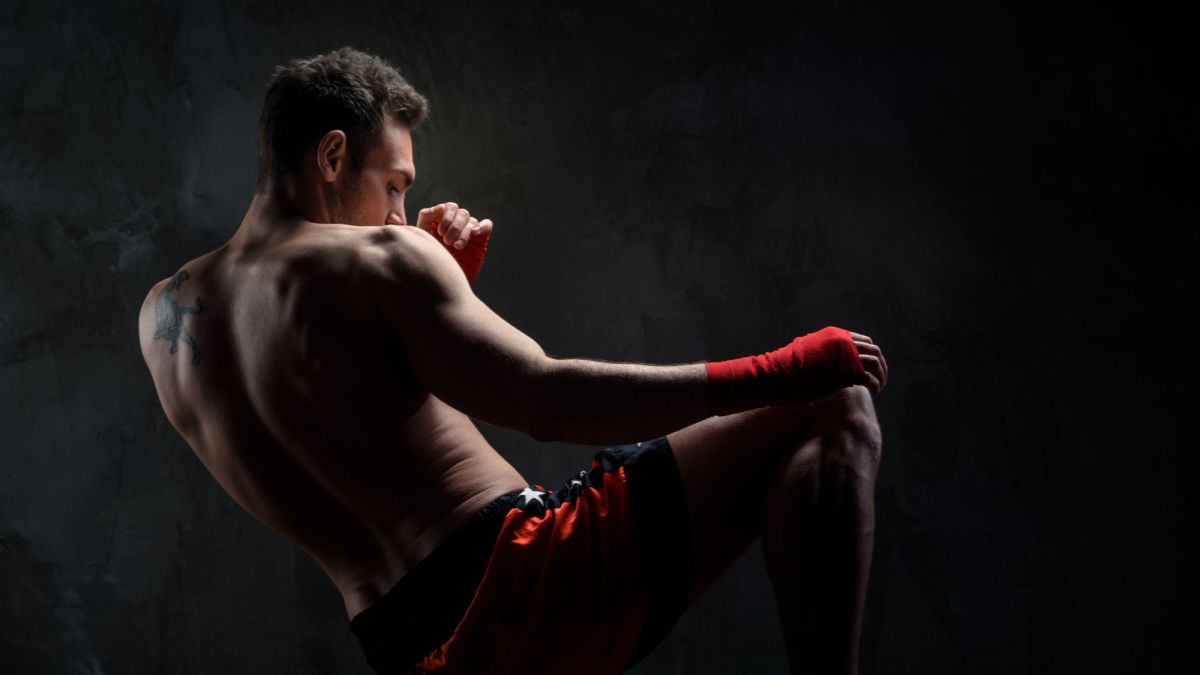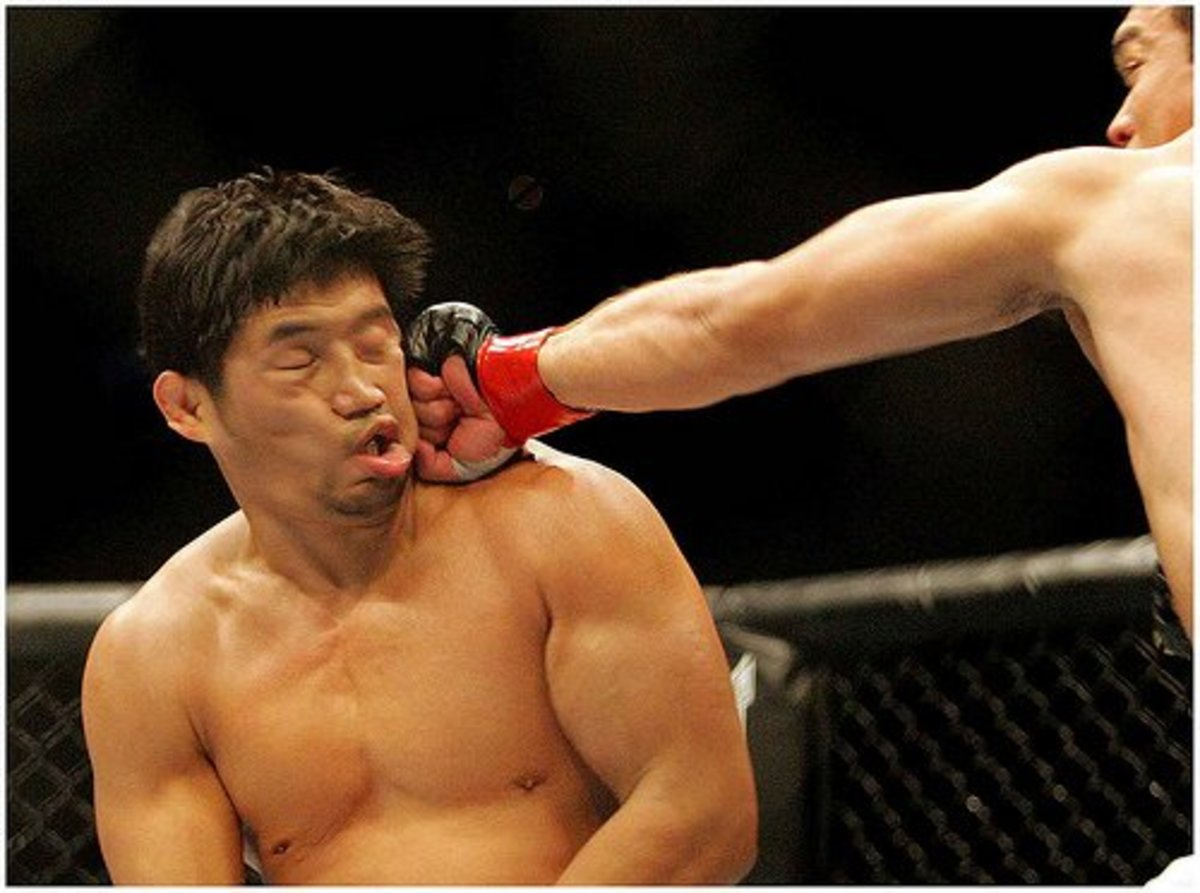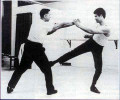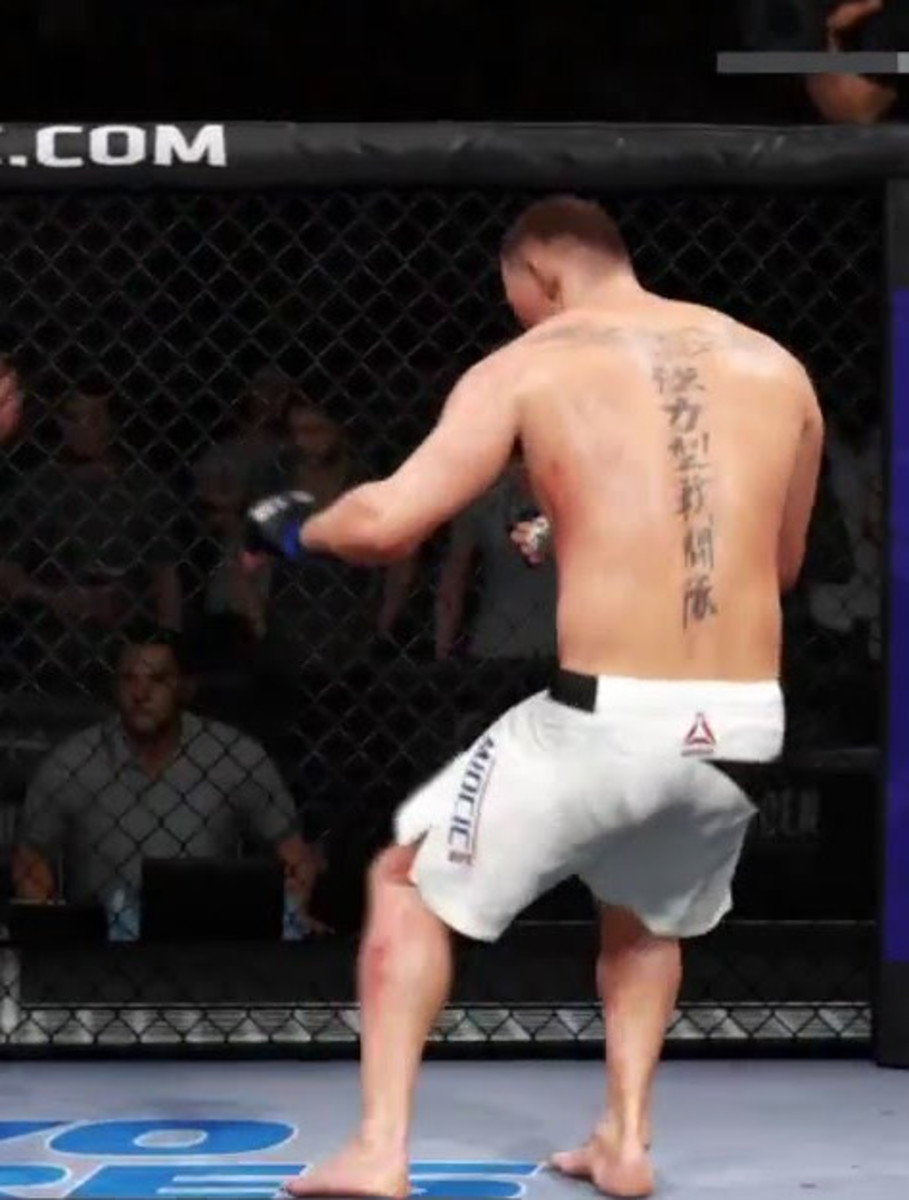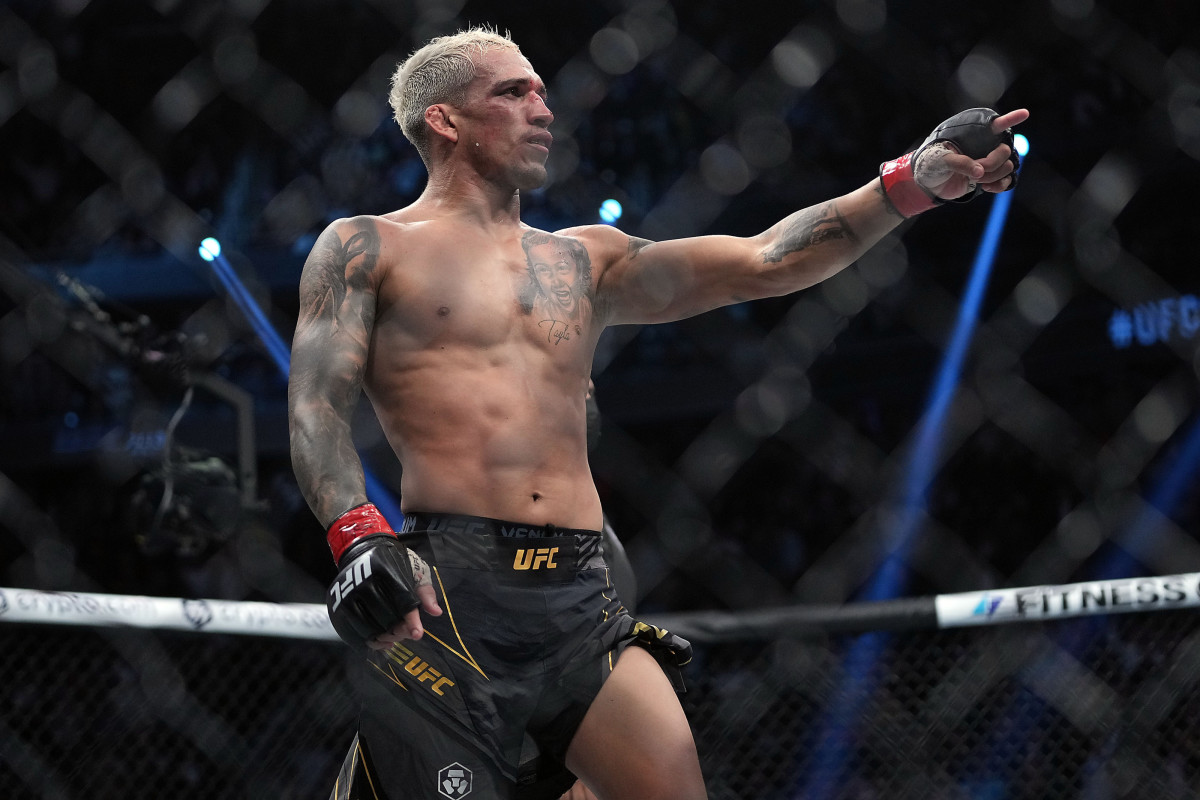- HubPages»
- Sports and Recreation»
- Individual Sports»
- Martial Arts
MMA for Self Defence
MMA Training
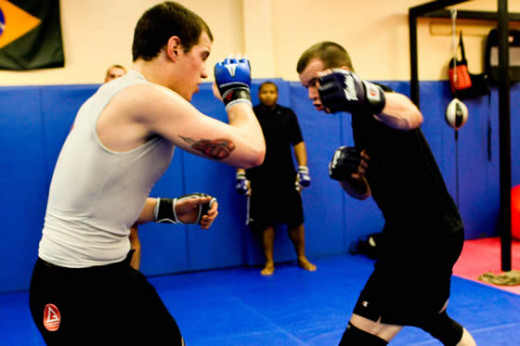
Is MMA effective for Self-Defence?
Is MMA effective for self defence? Ask any martial arts purist and critic and they will all say the same…NO. There are no rules in street fights, there is no referee, it is just a sport. This is the general response, so I felt it necessary to clear a few things up and thus write this article to inform the general public of a few points.
Firstly to properly understand this article one must know what MMA is. MMA stands for Mixed Martial Arts. It is a combination of different fighting styles to form the most effective style of grappling and striking. Through the years though, it has been refined to mainly a combination of Jiu-Jitsu, Muay Thai, Wrestling and Boxing. If your are lucky you might get some Sambo and Vale Tudo mixed in there as well but for all purposes of this article we will only refer to the first four styles.
Now it should be noted that all 4 forms of fighting has been used in military warfare. And all 4 forms of fighting contains the most important factor a fighter requires to survive in a street fight…live sparring that develops reflexes. Now if you know a bit about fighting, you should know that is THE FACTOR that determines if you get hit or stabbed with an object on the street is reflexes. It doesn’t matter what self defense techniques you know. If you are slower than the attacker and do not know the basic anatomy of how a person moves, you will get stabbed and possibly killed if you engage the attacker. These very important features are taught in MMA classes.
The second criticism that MMA is subjected to, is that MMA teaches Jiu Jitsu ground grappling and that will never work on the street or in a bar or on the pavement, because other attackers will then exploit your position on the ground and seriously injure or kill you. This is indeed true, although 80% of all fights do end up on the ground, it’s a place you need to get out of and back on your feet as quickly as possible because of the mentioned reason. The fact is, it is quite rare that you will ever be attacked by one person and as soon as you become too involved with single attacker combat, you will not be able to defend against the second or third person. It is also extremely important to stay mobile and not be confined to one place while you are defending yourself. What people tend to forget is that if the primary attacker is bigger than you and do take you to the ground, of which there is a 80% chance, you need the knowledge of Jiu-Jitsu to get up as quickly as possible or to avoid the take down altogether, ESPECIALLY if the person is bigger than you. Since you probably won’t be able to get up, because of the strength used to pin you down, without the necessary knowledge and training of such situations. You need to know the balance manipulation principles taught in Jiu-Jitsu, you need to know the ground techniques on the floor to get a person off of you and to get up as quickly as possible while giving yourself maximum protection and you need to know how to break grips when people grab you and limit your movability. Because the moment they take away your movement, you are in the RED ZONE and open for knife stabs and hits. What people also tend to forget is that Jiu-Jitsu is not just ground fighting, it is also stand up throws and joint locks which are very relevant and effective in situations where there are multiple attackers and in situations where hitting a person might end you up in a prison cell. So to end off, yes, although doing an armbar on an attacker on the street is not ideal, the other 90% of Jiu-Jitsu is indeed very effective for self defense.
The striking that is taught in MMA, which is mostly Muay Thai with some boxing, is of the only effective forms of striking left today and that is why it is primarily used in the military fighting forms of Israel, namely Krav Maga and of the US army, namely MCMAP. So to say that Muay Thai is not effective for self defense, is unbiased and unfounded.
To say that MMA is sport orientated and has many rules and is therefore not effective as self defence, is also unfounded. Yes MMA has rules preventing strikes to dangerous areas in competition, but that doesn’t stop the fighter from using Muay Thai to kick the guy in between the legs on the street or to punch his Adam apple in, completely neutralizing him. Muay Thai teaches very dangerous striking techniques that can be deadly if applied. Although you won’t use them in the ring, nothing stops you from applying them streetwise. If you want to use ring rules on the street and search for the street referee to come and end the fight, it is your own fault, not the effectiveness of MMA’s. For an example, if I go and play baseball and as I walk out off the field a guy wants to attack me, I will not be searching for a ball to quickly hit into the field and then run pass the bases to score points, to ward off the attacker, simply because it won’t ward off the attacker even though that is the rules of baseball. I will however indeed use the metal bat and smack the guy with it. It is the same with MMA.
To say MMA is designed to fight only one on one is also unfounded, except if you grapple your opponent on the ground which is expressively not recommended. Although Muay Thai and stand up Jiu-Jitsu usually only involves one person sparring [which is depended on the MMA club actually], both systems of combat in itself provides for situations of multiple attacker combat.
There are however two criticisms regarding MMA I do agree with and that is up to the practitioner to bypass, if he wants his MMA to be street effective. Most MMA clubs don’t teach any gun or knife defenses. So should you be confronted with those dangers, although improvising with Muay Thai blocks and Jiu-Jitsu arm grabs can work, it was never taught to the fighter in that sense so it can be dangerous depending on the level of the fighter. It is up to the fighter to supplement his fighting style with those techniques. Luckily since MMA has such a broad spectrum, such techniques are very easy to add to your arsenal, very easily learned and can be done either by a short Krav Maga course or even by the internet or books. Most knife and gun techniques have their roots in Jiu-Jitsu so the fighter already has the framework and once the knowledge has been added, it stays there if the fighter ever needs it. The fact that people say MMA do not prepare you for the conditions of street fighting and doesn’t take life threatening attacks into consideration is also unfounded in my opinion. Adrenalin is the main factor here and the more you step into the ring, the better you learn to handle it. Whether a guy elbows you on the temple in the ring and whether a guy stabs you with a knife, doesn’t change the fact that both instances might kill you, teach how to properly block against such attacks with excellent reflexes and keep you calm to not make any mistakes that might claim your life.
The last criticism I do agree with is that some clubs mix their MMA class into one session of mixed striking and grappling. This is the situation where the sport factor does endanger the self defense factor. If the fighter is subliminally trained to take a guy to the ground after EACH striking combo, that is what he will do on the street as well. This is also where, instead of MMA retaining the different fighting styles it compasses to some degree, it really becomes one sport form and is quite useless for street fighting if you would like to prevent serious injury or death. The classes need to be separated to teach the students proper striking as a form on its own and proper grappling as a form on its own. In my own opinion transitions to grappling from striking should be kept in the grappling class. If you want to do MMA with self defense as a use in mind, make sure you find a club that teaches these parts individually and not as one single form.
All in all MMA is a very effective form of self defence, if the practitioner decides it to be and takes the necessary steps. The main factor is the development of fast reflexes and that is one of MMA’s specialties and is why I recommend it. If your sole purpose is self defence and you prefer to skip all sport factors and elements, Krav Maga or one of the other arts I recommended in my article: http://martialartist.hubpages.com/hub/THE-MOST-EFFECTIVE-MARTIAL-ART-FOR-REAL-LIFE-AND-SELF-DEFENCE will be a more suitable option. All in all the choice remains yours.

